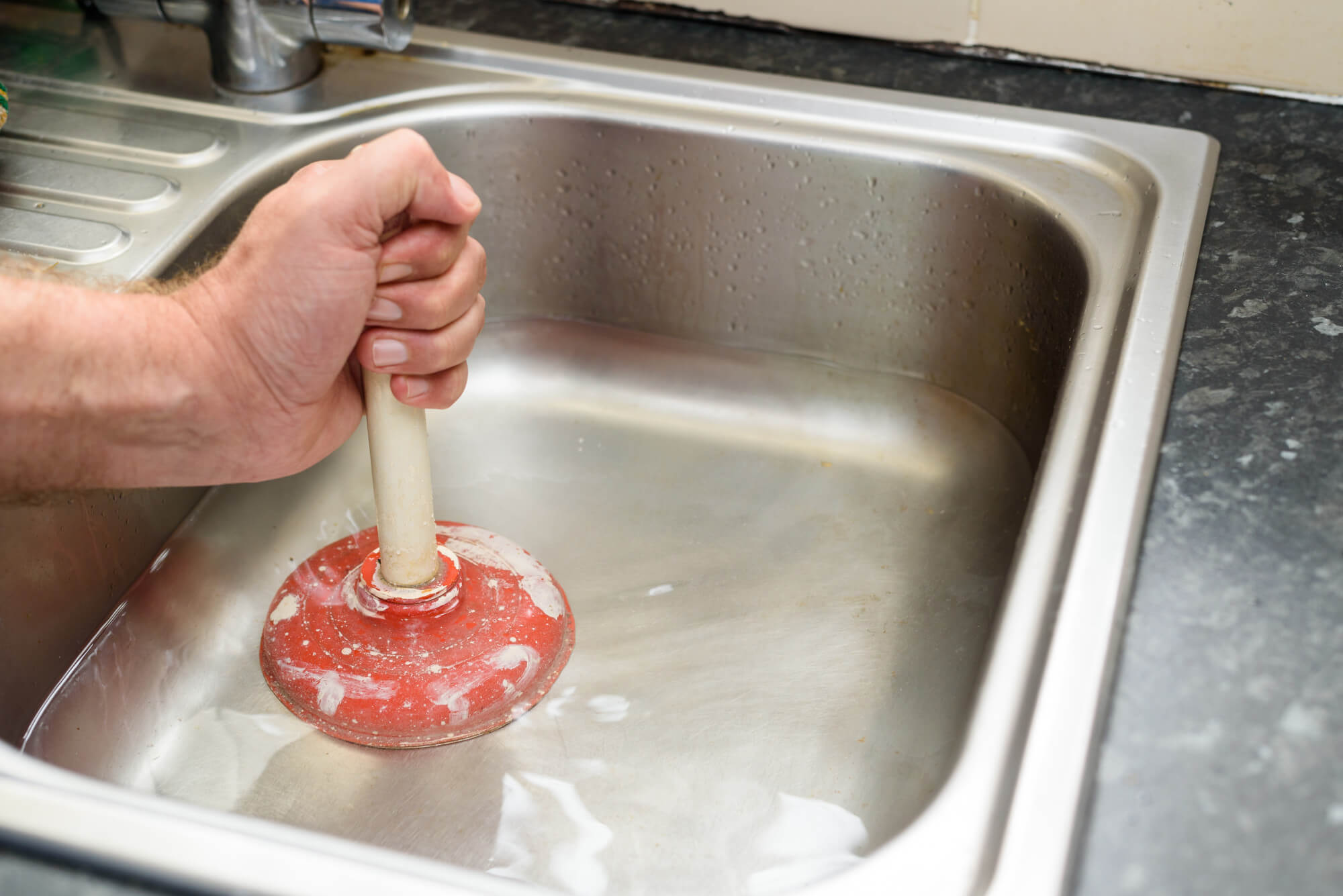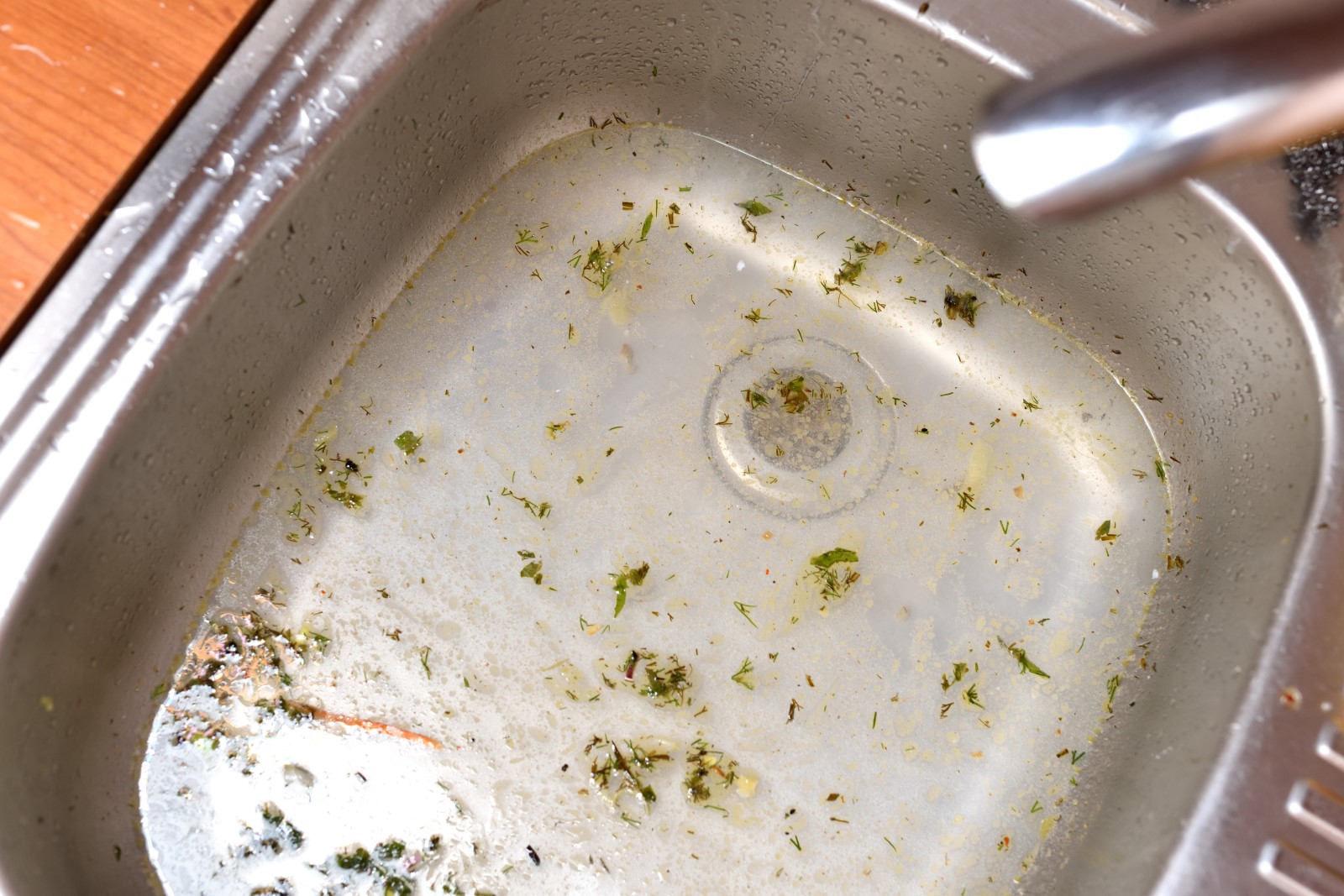Techniques for Handling a Blocked Drain Before Reaching out to Professional Plumbers
Techniques for Handling a Blocked Drain Before Reaching out to Professional Plumbers
Blog Article
Right here underneath yow will discover some good material involving Tips for Dealing with Clogged Drains and Sewer Lines.

Intro
Dealing with a blocked drain can be a discouraging experience, interfering with everyday tasks and potentially causing damage to your building. However, prior to connecting to pipes experts, there are actions you can require to deal with the problem yourself. In this overview, we'll discover DIY services and preventive measures to take on an obstructed drainpipe properly.
Recognizing the Concern
The very first step in resolving a blocked drainpipe is acknowledging the signs. Sluggish water drainage, gurgling audios, foul odors emanating from drains, or water backing up are common indicators of a blocked drainpipe. Recognizing these indications early can assist stop even more complications.
Common Reasons For Obstructed Drainpipes
Recognizing the factors that contribute to drain blockages is important for effective resolution. Typical wrongdoers consist of hair, soap scum, oil, food debris, and foreign things like sanitary products or paper towels. Tree origins invading underground pipelines can also trigger significant obstructions.
Do it yourself Solutions
For small blockages, numerous DIY services can be reliable. Putting boiling thin down the drain can aid liquify oil and particles. Baking soda and vinegar or a blend of salt and cooking soft drink can act as all-natural cleaners. Making use of a plunger or pipes serpent to displace obstructions is an additional option.
Devices and Equipment
Having the right tools available can make DIY drainpipe cleaning up a lot more reliable. A bettor is a functional tool for removing blockages in sinks, commodes, and showers. A pipes snake or auger can get to much deeper clogs, while drain cleaning chemicals can be utilized meticulously for persistent blockages.
Preventive Measures
To avoid future blockages, embracing safety nets is critical. Set up drainpipe guards or filters to catch hair and particles prior to they get in the pipelines. On a regular basis flush drains with hot water to dissolve oil accumulation, and avoid dealing with oil or solid waste down the tubes.
When to Call an Expert
While do it yourself services can solve minor obstructions, specific signs indicate the need for professional aid. Relentless obstructions, foul odors in spite of cleaning up initiatives, or several drains backing up concurrently are warnings that necessitate expert treatment.
Choosing the Right Pipes Service
When picking a pipes service, take into consideration variables such as experience, licensing, and consumer evaluations. Choose a respectable plumbing professional with a performance history of quality craftsmanship and clear rates techniques.
Price Considerations
The expense of professional drain cleaning services can differ relying on the seriousness of the blockage and the plumbing's rates. Demand quotes from multiple providers and ask about any type of surcharges to make certain openness and stay clear of shocks.
Safety and security Measures
When trying do it yourself drain cleaning, focus on safety. Use safety gloves and glasses to stay clear of contact with hazardous chemicals or bacteria. Never ever blend various drainpipe cleansing products, as this can produce unsafe fumes.
Instance Researches
Real-life instances show the effectiveness of do it yourself services and the relevance of timely specialist treatment in fixing drain clogs.
Conclusion
By following the pointers described in this guide, you can properly deal with obstructed drains pipes and avoid future plumbing issues. Whether selecting DIY services or looking for specialist aid, prompt action is key to keeping a healthy pipes system and maintaining the stability of your home.
How to Clear a Clogged Drain Yourself (And When to Call In the Professionals)
What Can Clog a Drain
Dirt Skin flakes Hair Grease Soap scum Food Offset pipes Tree roots Small objects Mineral buildup DIY Tricks to Unclog a Drain
You can fix this! Once you have identified the source of the clog (or have a vague idea), you can try one or a combination of these fixes in order to clear your plumbing.
Wire Hanger or Snake
Untangle and clear out hair from a drainpipe with a homemade snake. Use a straightened-out wire hanger with a 90-degree angle hook to locate the clog and drag out any unwanted material.
Remember not to push the clog further down to where the wire hanger cannot reach! If you need to follow up with a plunger, give it a try. Your efforts might be more successful after it’s been wire-snaked.
If you want to get fancy and don’t have a wire hanger to spare, head to the store and pick up a hand-operated drain snake. You can get one for $10-$30. It may save you the hassle, and provide additional length to reach deep into the clogged pipe.
Plunger
A cup plunger has a suction cup attached to a wooden handle. The rubber creates a seal around the drain, and increases the pressure force of the plunger.
Plunge for 30-second increments to loosen the clog. This may need to be repeated over the course of 15-20 minutes. Once plunged, run the water to flush the remaining material out of the drain.
Remember– never use a plunger if you have used a chemical drain cleaner. These chemicals can splash up from the force of the plunger and cause serious injury or burns.
Boiling Water
Hot water can sometimes break up materials into a flushable amount. Dirt, grease, and soap buildup requires heat in order to unstick from surfaces.
Take your kitchen kettle and heat your water to a boil. Once it reaches a rolling boil, pour it directly down the drain into the blockage. Carefully follow with plunging, if necessary.
Don’t worry if this takes more than one try! It can often take multiple kettles and repeated plunging in order to clear a particularly stubborn clog.
Chemical Drain Cleaner
As a last resort, pick up a bottle of chemical drain cleaner. Drain-cleaning chemicals are potent, and not very good for the environment.
You may need to wear protective eyewear in gloves before handling your bottle of chemical drain cleaner. Follow the instructions printed on the bottle, and flush with water as soon as the instructions allow. Do not follow with plunging.
Baking Soda and Vinegar
As a safer alternative to chemical drain cleaner, baking soda and vinegar can create a chemical reaction that clears tough clogs.
Combine one cup of cleaning vinegar with one cup of boiling water, and set aside. Once you have done this, pour half a cup of baking soda down the drain. Give the baking thirty seconds to settle and cover a large portion of the problem drain.
Following the baking soda, pour down your vinegar and hot water solution. Once the vinegar and baking soda combine, the mixture will bubble and fix. Let this reaction fizzle in the drain for about an hour.
After an hour, follow with a kettle’s worth of hot water. The heat and liquid should flush out any remaining material.
When to Call a Plumber
If your DIY attempts haven’t cleared your clog drain, it’s time to call in a professional. It’s not worth losing access to your kitchen sink or high-traffic bathroom. A clog in a vital area can keep you from the things you’d rather be doing, and derail your routine.
Anytime a clog is causing water to spread is a time to call in a plumbing service. What starts out as a little bit of water can quickly grow into serious, expensive water damage.
Additionally, a serious clog can result in burst pipes or serious leaks. Make sure you know when to take it seriously!
https://myguysnow.com/how-to-clear-a-clogged-drain-yourself-and-when-to-call-in-the-professionals/

I was shown that editorial on Tips for Dealing with Clogged Drains and Sewer Lines through a good friend on a different domain. Kindly take the time to promote this article if you liked it. Thanks a lot for going through it.
Call Report this page